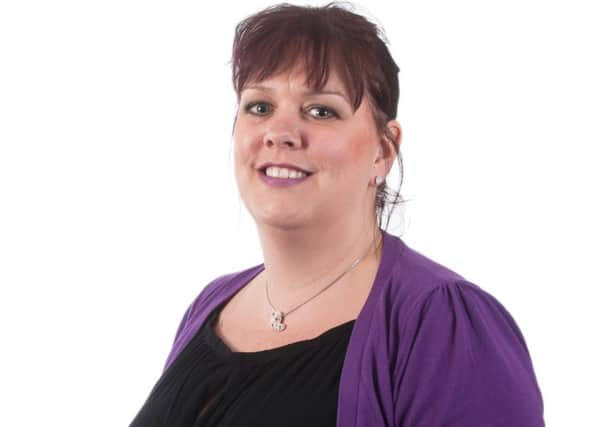Unmarried pairs warned


Gill Graveson, partner at Preston-based Birchall Blackburn Law and head of family law for the firm’s seven offices, was commenting following a landmark ruling in favour of the partner of a property millionaire who had hid assets.
Helen Roocroft was in an 18-year relationship with property tycoon Carol Ainscow when they separated in 2009. Ms Ainscow died in 2013 and had not made a will setting out her wishes.
Advertisement
Hide AdAdvertisement
Hide AdFollowing her death, evidence was discovered that Ms Ainscow may have misled the courts about her true wealth during the dissolution of their civil partnership, which led to Ms Roocroft accepting a much lower settlement than she was entitled to.
The judgment handed down in October said that Ms Roocroft had submitted evidence suggesting that “the deceased’s income at the time of the consent order was three times that which she had stated in her Statement of Information”.
Gill said: “This is a stern warning about being honest and also a reminder to people who do not want a Judge to tell them how their assets are to be divided upon separation about the importance of setting out their wishes in black and white at the commencement of their cohabitation, whether it’s a couple living together, a marriage or civil partnership.
“It might not seem the most romantic of ideas but one day a cohabitation agreement or a pre-nup might turn out to the best thing you ever did. If there’s no formalities in place and the separation ends up in a court arena, the judge’s starting point, whether it’s a long marriage or civil partnership is equality.”
Advertisement
Hide AdAdvertisement
Hide AdEarlier this year new figures showed that the percentage of cohabiting couples had increased from 6.8 per cent of the total population in 2002 to 9.5 per cent in 2015, reflecting a decrease in married couples: from 54.8 per cent in 2002 to 50.6 per cent in 2015.